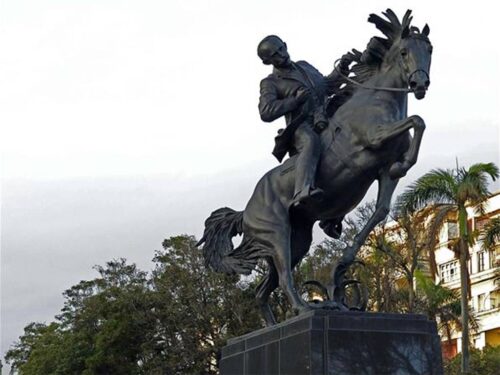The leader of the national struggle for Cuba´s emancipation from Spain was shot three times during the encounter with over 600 Spanish soldiers on May 19, 1895, commanded by Colonel José Ximénez de Sandoval, who ambushed the insurgents in their camp in Dos Rios.
Despite the orders of Máximo Gómez, General in charge of the Mambi troops, for the safety of the delegate of the Cuban Revolutionary Party, Martí decided to take up his weapon and place himself at the forefront of the battle, where he was at the mercy of the enemies fire.
Several investigations confirm that one bullet entered his chest and fractured his sternum; another entered his neck and destroyed the left side of his upper lip, and a third hit him in the thigh.
A few times later, Máximo Gómez, head of the Liberation Army, recalled in front of the troops the battle in Dos Ríos, the compromising situation, the unexpected news of Martí’s disappearance, the uncertainty about his death, the impossibility of his rescue. “… he went to his death with all the energy and courage of a man of untaimablewill and strength,” he said.
The tragic event was a severe blow to the political leadership of the independence struggle.
Still, it also revealed the courageous character of a man of universal thought, a poet, an essayist, and a journalist, for whom: “Death is not true when the work of life has been well accomplished.” jrr/iff/jha/lld









